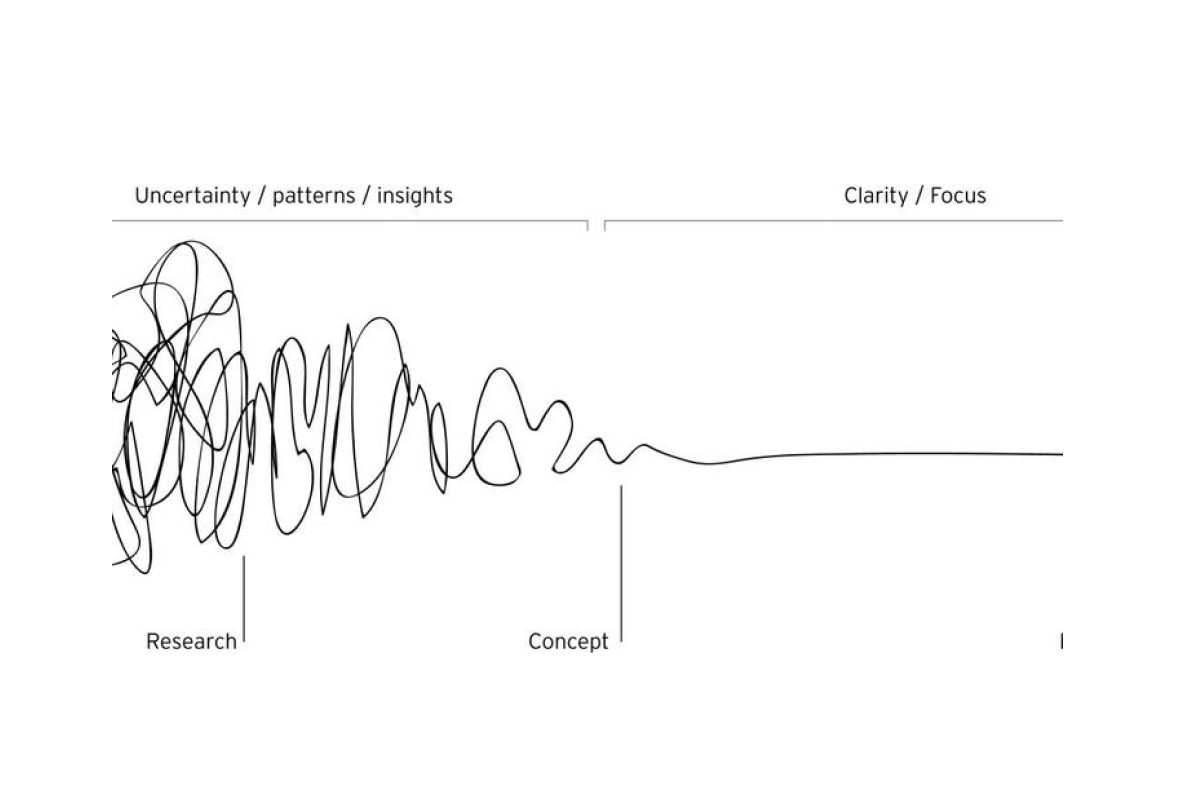Mastering Rapid Prototyping: 6 Expert Steps to Validate Ideas Efficiently | Data Engineering Guide

Mastering Rapid Prototyping: 6 Steps to Validate Ideas Efficiently
Rapid prototyping is an efficient way to validate product ideas and improve designs quickly. It involves defining the purpose, choosing the right prototyping method, developing the prototype, testing it, and iterating based on feedback.
6 Steps to Test Digital Prototypes Effectively:
-
Understand Your Objective:
- Clearly define what you want to test. Is it usability, specific features, or user flows?
- Keep your focus narrow to avoid overwhelming yourself.
-
Create a Simple Design:
- Make a basic mock-up or prototype. It doesn’t need to be perfect; just capture the core functionality.
- Use wireframing tools or even pen and paper.
-
Prioritize What to Test:
- Identify the riskiest assumptions or critical elements. What needs validation?
- Avoid testing everything at once.
-
Set Up Scenarios:
- Create scenarios that mimic real-world usage. For instance, simulate adding a connection in a social app.
- Keep scenarios short and relevant.
-
Get Feedback:
- Share your prototype with potential users, colleagues, or friends.
- Ask open-ended questions: “How would you use this feature?” or “What challenges do you see?”
-
Apply “The Mom Test”:
- Talk about their experiences, not your idea. Ask about past behavior.
- Dig deeper by asking specifics: “Have you looked for a similar solution before?”
Remember that rapid prototyping allows you to discover if your product is worth building and refine your concept efficiently. By involving cross-functional teams and documenting the process, you can continuously improve your prototype and create research-informed products.